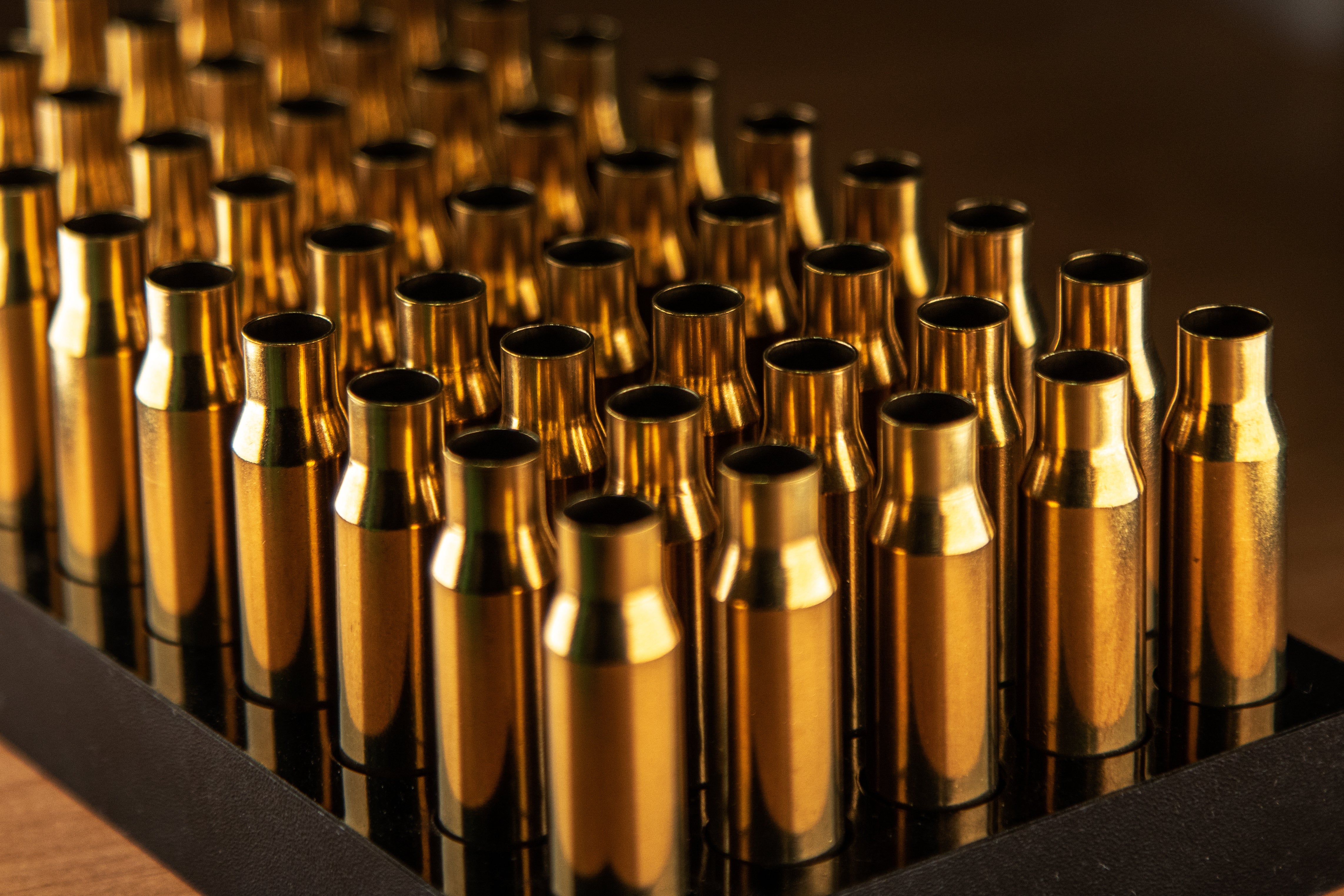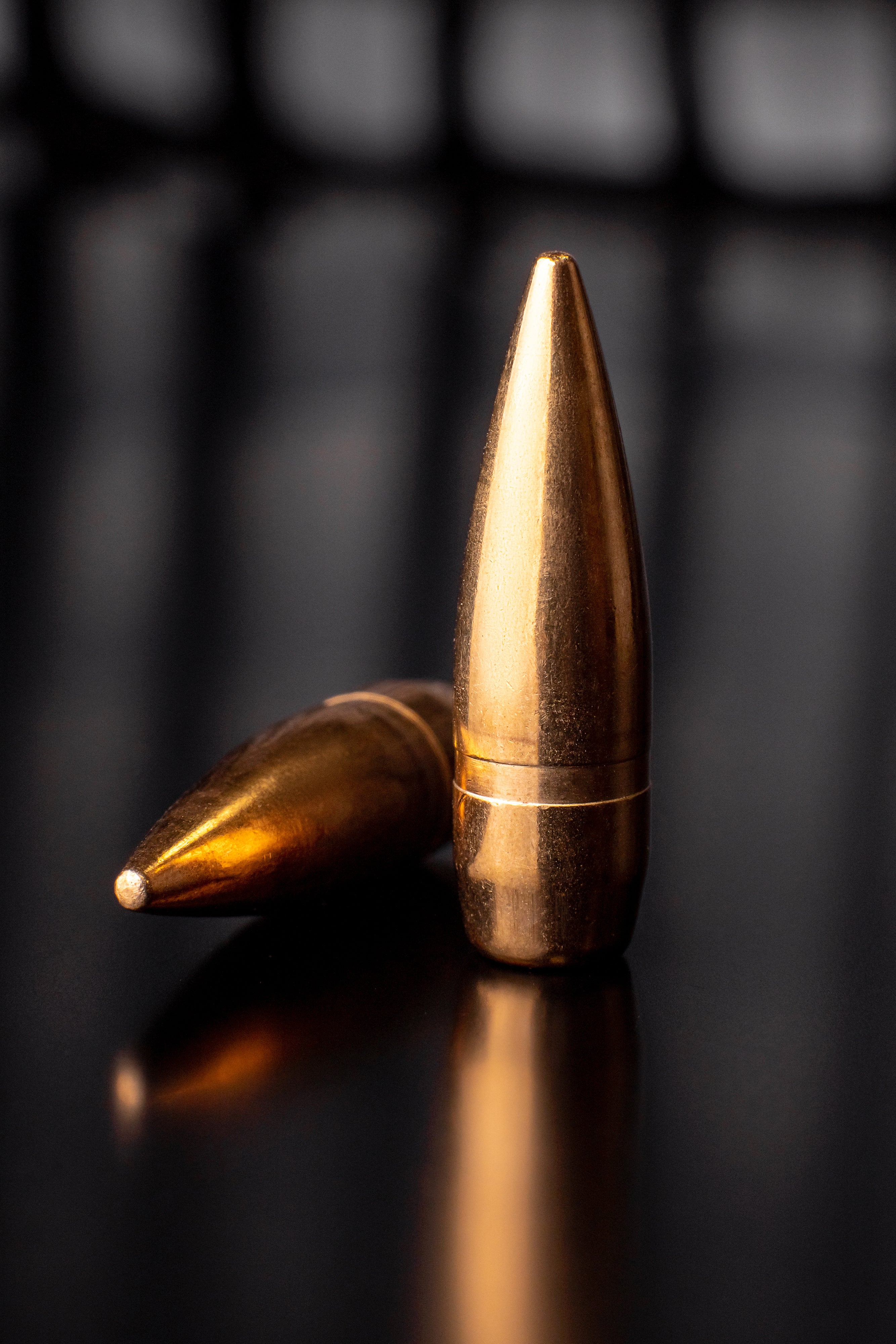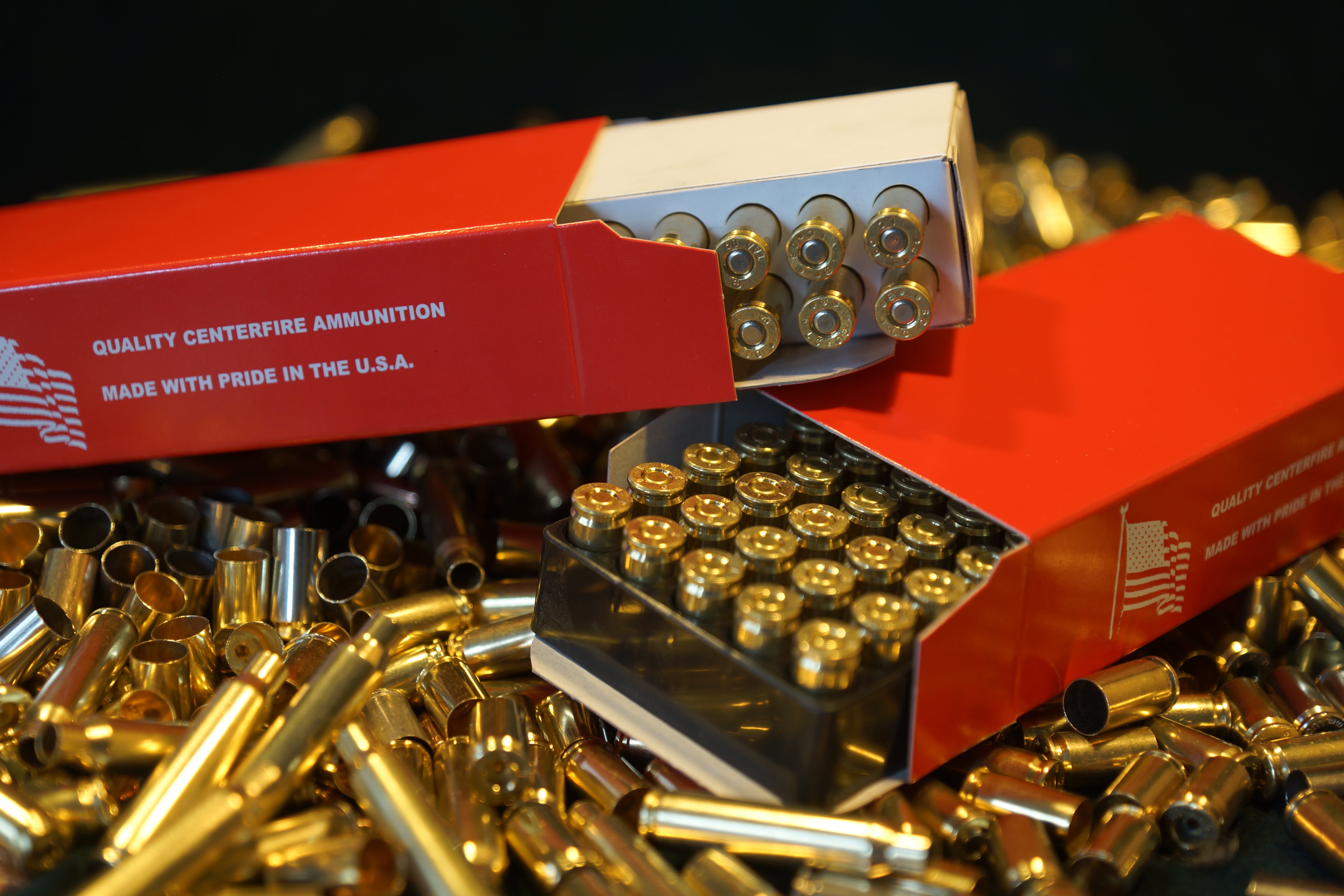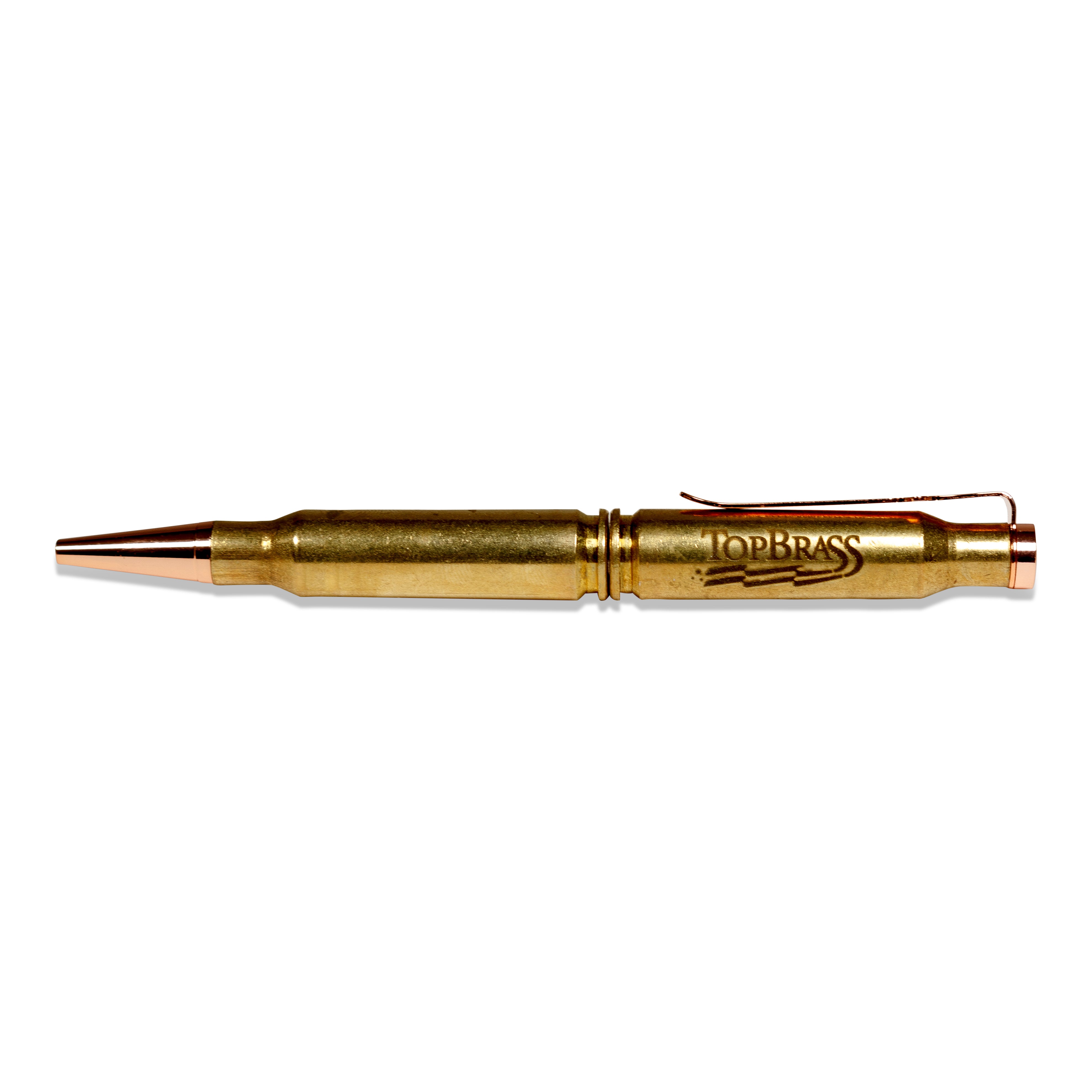Menu

Commercial vs. Military Brass - What’s the Difference?
Certain firearm platforms are able to accommodate commercial cartridge cases as well as military cartridge cases interchangeably. This is especially so for reloaders who are in a position to slightly alter or adjust certain elements or components in order to do so. Comparative examples may include the 5.56 x 45 mm (5.56 NATO) vs. the .223 Remington; or the 7.62 x 51 mm (7.62 NATO) vs. the .308 Winchester.
In most instances, the external dimensions are the same (or approximately the same) between compatible (commercial vs. military) cartridge cases. This is because one version is often the ‘parent’ case to the other. Either the commercial market offered a firearm that the military wanted to employ, or the military used a firearm that was commercially viable for the public marketplace.
In general, the primary difference between commercial and military cartridge cases is the thickness of the brass itself. Commercial brass is typically thinner and, therefore, possesses a greater volume within its powder chamber. It is also more susceptible to cracks, ruptures, or other material breakdowns. Military brass, on the other hand, is made thicker in order to hold up better under extreme conditions. Perhaps the most obvious of these conditions is the abuse a cartridge case endures running through an automatic weapon. For reloaders, adjustments need to be made in the powder load for the different capacities (volume) of the powder chambers. Always consult the Reloader’s Guides for the recommended powder loads.
Another difference between commercial and military brass is the primer crimp that exists on the military cartridge case. Again, this feature in design is related to the extreme rigor the casing is expected to endure. For reloaders, this crimp must be removed, creating an additional step. Top Brass reams the primer pocket for all of its reconditioned military cartridge cases.
The principle advantage for using military cartridge cases over commercial cartridge cases is the added thickness of the brass. When a firearm is discharged, the brass casing expands and contracts. In doing so, the brass is exposed to extreme (explosive) stress. Obviously, thicker walls on the cartridge will better manage material fatigue over the life of the cartridge. For active reloaders, the lifespan of a single cartridge may extend 10 to 15 fire rotations.
In summary, military brass is often preferred over commercial brass due to its material robustness and ability to last over a greater number of reloads.
- Choosing a selection results in a full page refresh.




